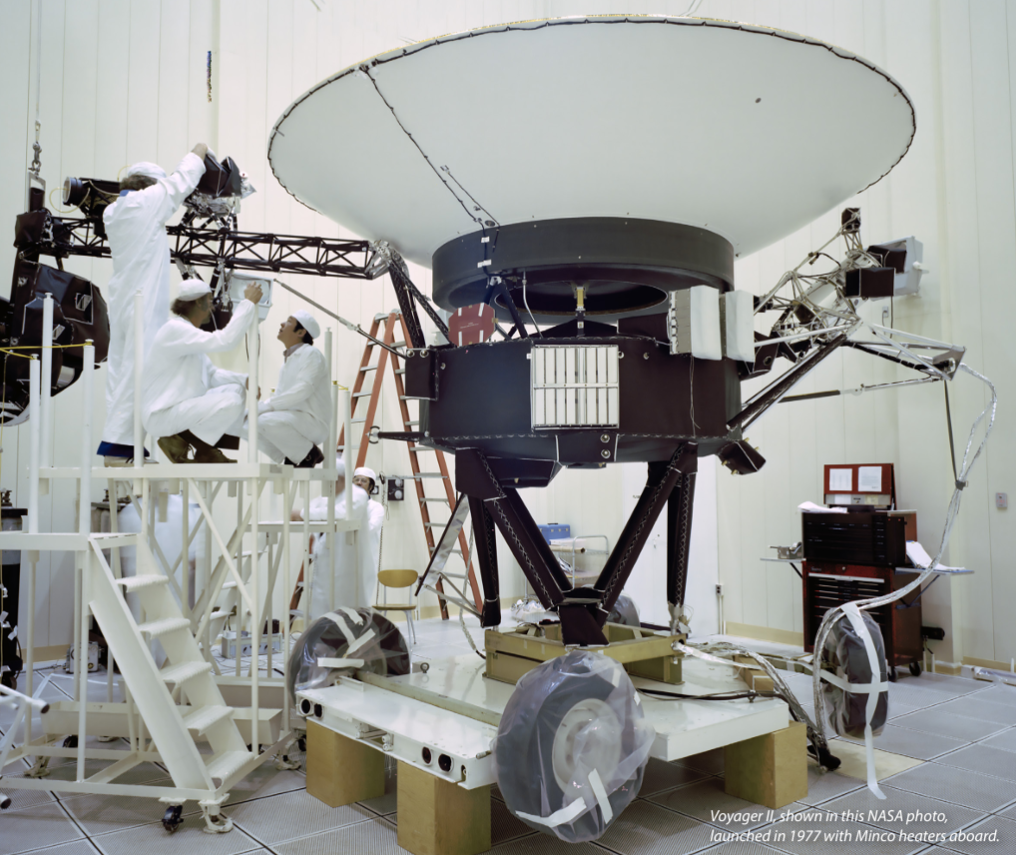
By John Baichtal
As humans we’re kind of picky about temperature, so we use thermostats to control the heaters and air conditioners that maintain our relatively narrow comfort range. Similarly, many chemical, biological, electrical, and mechanical processes work best at specific temperatures and use sensors to help maintain those temperatures. In some applications, medical and aerospace in particular, maintaining a specific temperature is so critical to life and safety that redundant sensors are used to ensure reliability. In an aircraft application for example, hot air bleeds off the engine and is mixed to specific temperatures for everything from wing deicing to warming the cabin. The critical nature of an application like wing deicing is the justification for redundancy. A redundant sensor significantly reduces the probability of an undetected failure and improves the reliability needed for a plane full of passengers at 30,000 feet.
The problem is that redundancy increases the complexity of the system. It can double the cost of hardware—two sensor elements, two probe cases, two sets of connectors. And it entails two installation locations, each needing to be drilled and threaded for assembly by the equipment manufacturer. That’s why Minco offers customized dual sensors, which can actually cost less than two standalone sensors and require just one install, eliminating the labor cost of installing a second sensor. Everything else in the system—controller, heater, wiring, etc.—remains the same, and accuracy is identical to what you’d get from two separate sensors installed side-by-side.
Like individual sensors, dual probes come in several “flavors.” They can utilize wire-wound or thin-film elements, flexible Thermal-RibbonTM sensors, or etched-foil RTDs. Each has its own advantages in terms of cost, temperature range, and thermal performance. If you already prefer a particular type of single element sensor you may choose to stay with that technology in moving to a dual sensor solution. Or it might be time to work with Minco engineers to reevaluate your requirements and see what dual sensors can do for your total cost of ownership. Contact us or download a product guide today.




